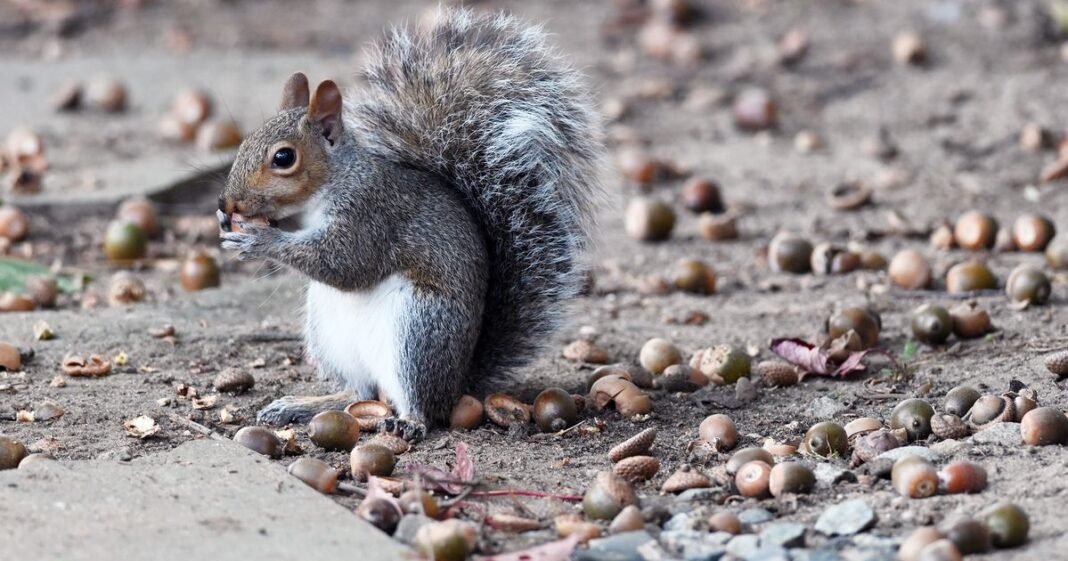This fall, you may find yourself stepping on a thick carpet of acorns beneath oak trees. This is not just a random occurrence but a natural phenomenon known as a mast year, currently taking place across the UK.
A mast year is a biological event where specific tree species, especially oaks and beeches, produce a large, synchronized crop of seeds. During a mast year, the acorn production can significantly increase, with an oak tree shedding thousands, and sometimes even tens of thousands, more acorns than usual.
These abundant harvests are followed by years of minimal acorn production. This pattern of boom-and-bust is an effective and ancient evolutionary strategy.
There are two main theories explaining why trees have mast years, which are likely intertwined. The predominant theory revolves around overwhelming the animals that feed on acorns, such as squirrels, jays, badgers, and deer. By saturating the forest floor with a vast number of acorns simultaneously, the trees ensure that these animals can consume their share while still leaving numerous acorns to sprout into new oak saplings.
In the subsequent lean years, the decreased food supply helps control the populations of these acorn-eating animals, preventing them from becoming too abundant.
Producing acorns requires significant energy from a tree. Scientists believe that specific weather conditions in the preceding one or two years act as triggers for a mast year. A warm, dry spring aids pollination, while a sunny summer allows the tree to accumulate the energy reserves necessary for a prolific seed production event.
The weather conditions in the UK during the spring and summer of 2024 were particularly favorable, providing the right cues for the oaks to synchronize this year’s abundant crop. By coordinating their reproductive efforts, trees can optimize energy usage in less favorable years and maximize output when conditions are ideal.
The surplus of acorns has a ripple effect on the woodland ecosystem. It can lead to healthier squirrels, potential increases in rodent populations, and offer vital food sources for deer and wild boar to store fat reserves for the winter.
While it may mean additional cleanup for those with oak trees in their yards, this year’s abundance of acorns signifies a thriving and well-functioning ecosystem, ensuring the enduring survival of Britain’s iconic oak woodlands.



